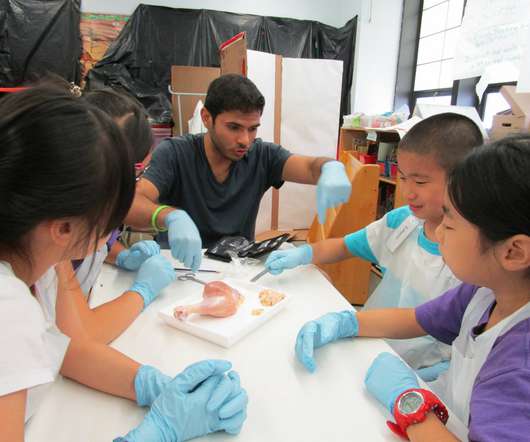Satellite Broadband Is Expanding. Can That Reduce the Digital Divide?
Edsurge
FEBRUARY 22, 2022
The program was first announced in 2016, and the launch is expected this summer—though it was delayed early this year because of a lack of critical workers. During the pandemic, broadband access became more pressing than ever for education, as schools and colleges suddenly shifted most teaching online.






































Let's personalize your content